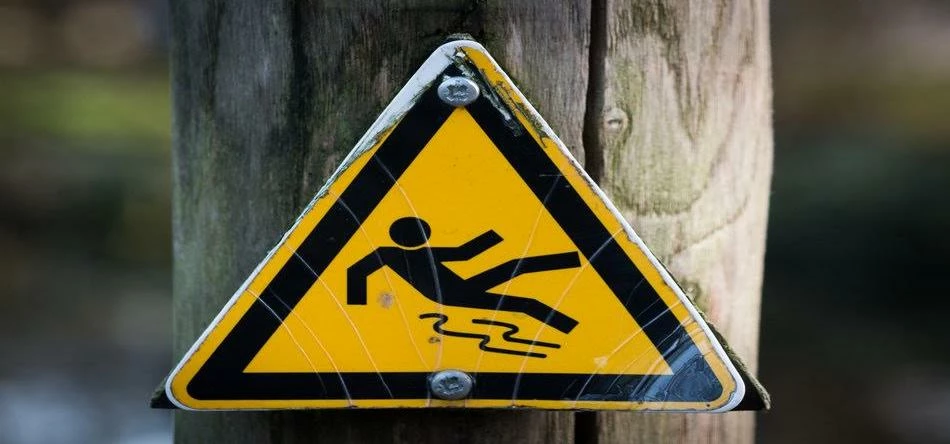
10 ways to minimise accidents in the workplace
A recent survey found that British employers spend £2.8 billion on workplace injuries and ill health claims annually. So it’s no wonder that the majority of small and medium businesses can struggle.
However, you can safeguard your businesses profits by taking action to protect your staff. Instead of paying out for expensive accidents, injury claims, property damage or legal non-compliance, take HiViz Safety’s steps to prevent these avoidable costs.
1. Create an appropriate Health & Safety policy
- Ensure you have someone in place to put the document together
- Involve employees of all levels in the process
- Consider how you’ll communicate your policy and plans
- Implement your Health & Safety policy to full affect
2. Carry out Risk Assessments
Once you’ve identified your significant and foreseeable risks, undertake a risk assessment for each point while considering abnormal and emergency situations.
3. Create Safe Working Procedures and Method Statements
Ensure that they:
- Are accurate
- Detail necessary controls and precautions
- Follow the sequence of the job
- Are detailed enough for the complexity of the job
- Consider the working environment
- Cover foreseeable normal, abnormal and emergency situations
4. Consider the safety of non-employees
Does your business interact with the public and receive visitors? While they are on-site, you are responsible for their safety and you are liable for any accidents. To reduce potential financial losses, and therefore maximise profits, consider the hazards they are at risk to. Include these in your assessments and procedures.
5. Take necessary action & enforce controls
Decide who shall action the new procedures in accordance with your risk assessment. Look at the existing controls to minimise risk. Are they effective or do they need improvement? Are they up-to-date and legal?
6. Ensure the co-operation of all concerned
It is essential that everyone complies with your safe working practises, so provide necessary training and keep you team updated at all times.
7. Communicate
Whether you talk to staff, visitors and contractors face-to-face or provide them with handouts, tool-box talks or training, successful Health & Safety procedures hinge on effective communication.
8. Ensure everyone is compliant
It’s not enough to simply give someone information, instruction and training, your staff need to demonstrate that they do the job safely, as described in the procedures.
9. Check what’s happening
Measure your Health & Safety performance:
- Inspect your workplace and observe staff in order to identify any problems before they occur
- Record and investigate incidents
- Review documents and records
- Audit your Health & Safety policy
10. Always review
You must review your organisation’s Health & Safety performance after a major project, or at the very least once a year. Not only does your staff’s safety depend on it, but implementing a strong strategy can reduce your financial losses and increase profits. What were you good at, what needs improving? Create a formal Improvement Plan with your findings.
Following these steps can minimise accidents in the workplace and hopefully prevent any unnecessary claims and payouts.
This was posted in Bdaily's Members' News section by HiViz Safety .
Enjoy the read? Get Bdaily delivered.
Sign up to receive our popular morning National email for free.








 When will our regional economy grow?
When will our regional economy grow?
 Creating a thriving North East construction sector
Creating a thriving North East construction sector
 Why investors are still backing the North East
Why investors are still backing the North East
 Time to stop risking Britain’s family businesses
Time to stop risking Britain’s family businesses
 A year of growth, collaboration and impact
A year of growth, collaboration and impact
 2000 reasons for North East business positivity
2000 reasons for North East business positivity
 How to make your growth strategy deliver in 2026
How to make your growth strategy deliver in 2026
 Powering a new wave of regional screen indies
Powering a new wave of regional screen indies
 A new year and a new outlook for property scene
A new year and a new outlook for property scene
 Zero per cent - but maximum brand exposure
Zero per cent - but maximum brand exposure
 We don’t talk about money stress enough
We don’t talk about money stress enough
 A year of resilience, growth and collaboration
A year of resilience, growth and collaboration